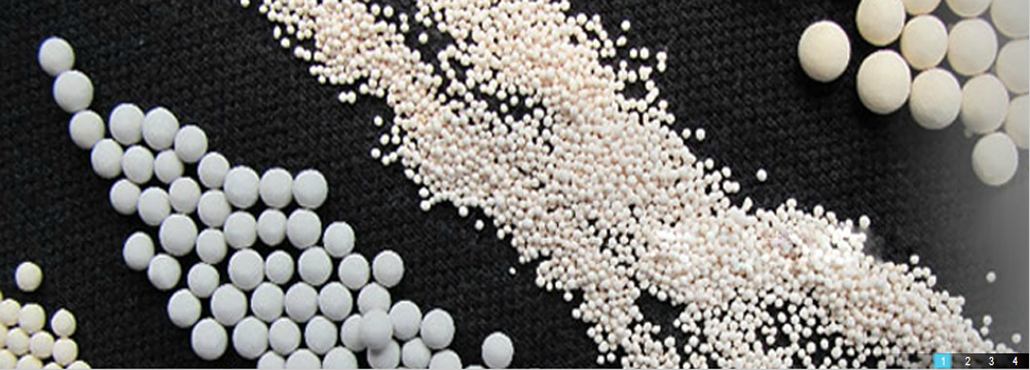Use of #carbon #molecular #sieves are sieved to achieve the separation characteristics of oxygen, nitrogen purpose. When molecular sieve adsorption of impurity gases, mesopores and macropores function as channels only, the adsorbed molecules transported to the sub-micropores and the micropores, the volume of micropores and sub-micropores is that really Adsorption. As shown below, the carbon molecular sieves comprise a large number of internal pores, the pores allow the kinetics of small molecules rapidly diffuse into the hole size, while limiting the entry of large diameter molecules. Due to the different sizes of the gas molecules relative diffusion rate differences, components of the gas mixture can be effectively separated. Thus, in the manufacture of carbon molecular sieves, molecular size according to the size of the carbon molecular sieve in the internal pore distribution should be 0.28 ~ 0.38nm. Within this pore size range, the oxygen can quickly diffuse into the hole through the porous openings, and the nitrogen is difficult through the porous opening, so as to achieve an oxygen, nitrogen separation. Microporous carbon molecular sieve pore size is the separation of oxygen, nitrogen base, if the pore size is too large, oxygen, nitrogen, into the pores of the molecular sieve is easy, but there is no separation of the role; pore size is too small, oxygen, nitrogen can not enter micropores, but there is no separation. [1]
#Domestic #molecular #sieve due to conditions imposed on the pore size control is not very good. Market sales of carbon molecular sieve pore size distribution of 0.3 ~ 1nm, only Iwatani zeolite did 0.28 ~ 0.36nm. Carbon molecular sieve material for coconut shell, coal, resins, etc., the first step after processing powder, then blend with the base material, the base material is to increase strength and prevent fragmentation pulverized material; second step is to create activation hole, at a temperature of 600 ~ 1000 ℃ passed through activator, commonly used activator water vapor, carbon dioxide, oxygen and a mixture thereof. They are more lively and amorphous carbon thermal chemical reaction to form holes and gradually expand the surface area activated pore time ranging from 10 ~ 60min; The third step is to adjust the pore structure, the use of chemical vapors: such as benzene in carbon microporous molecular sieve wall deposition to adjust the size of the holes, so as to satisfy the requirements.





